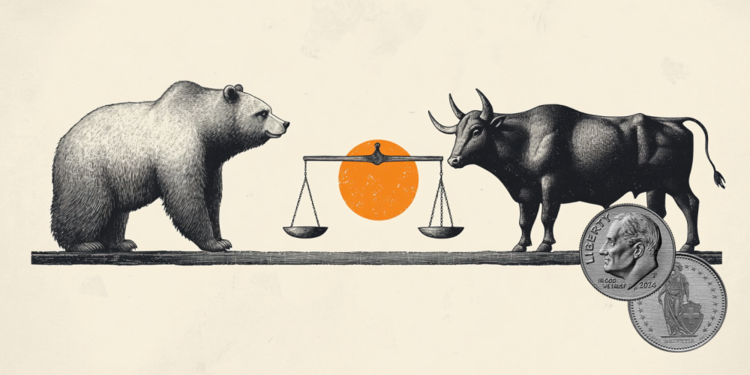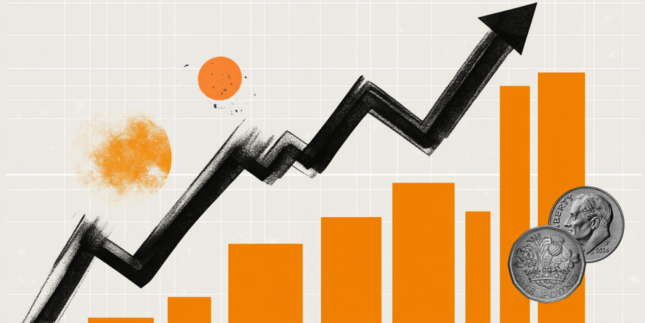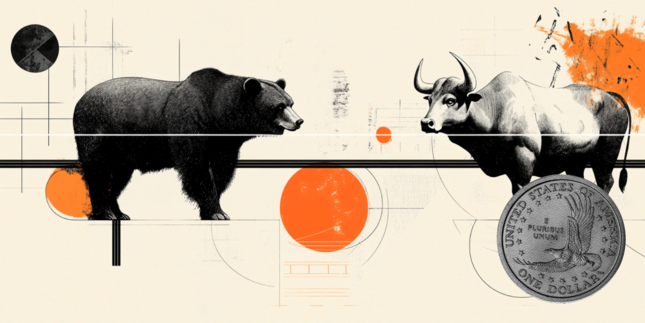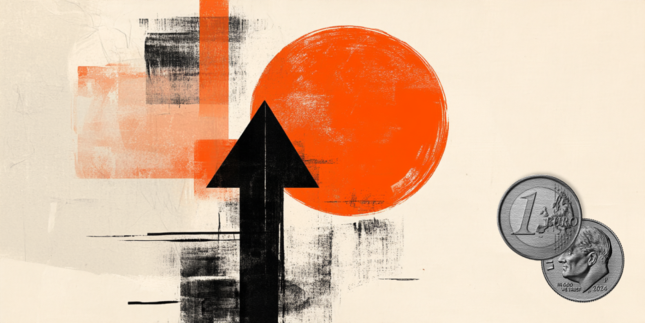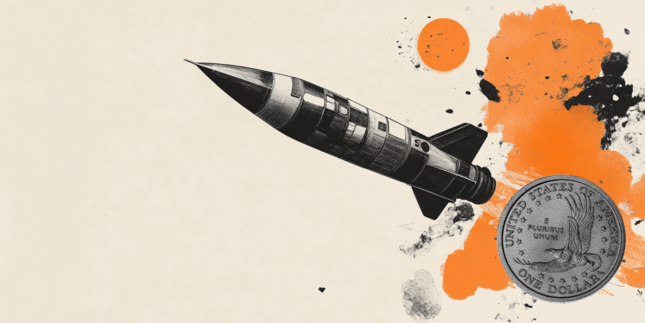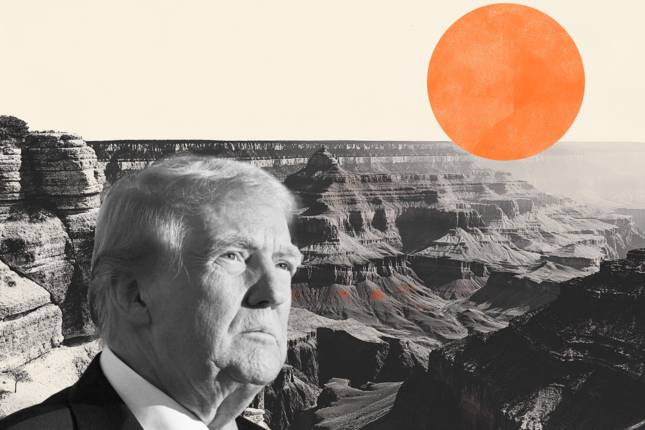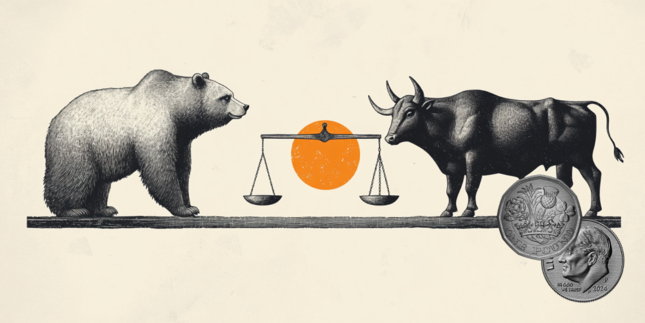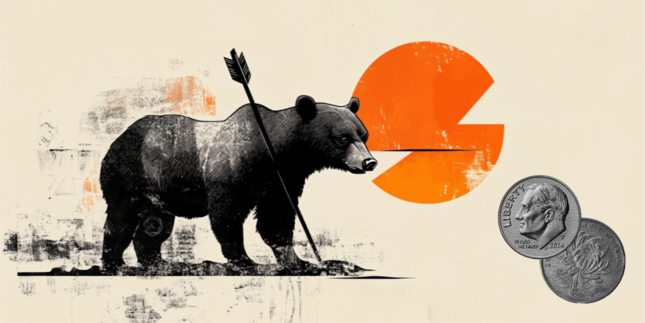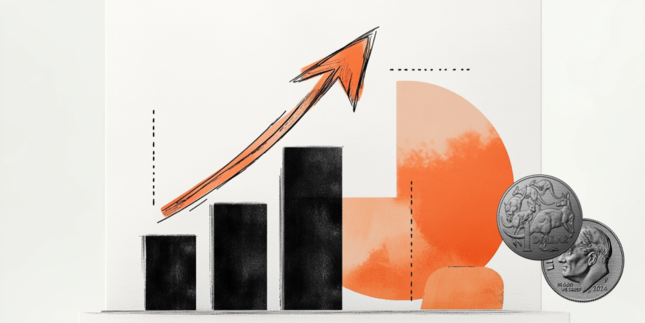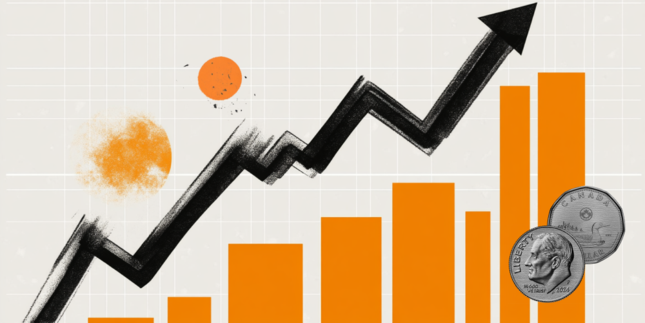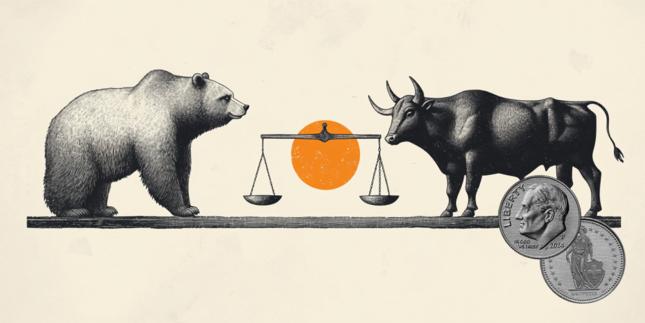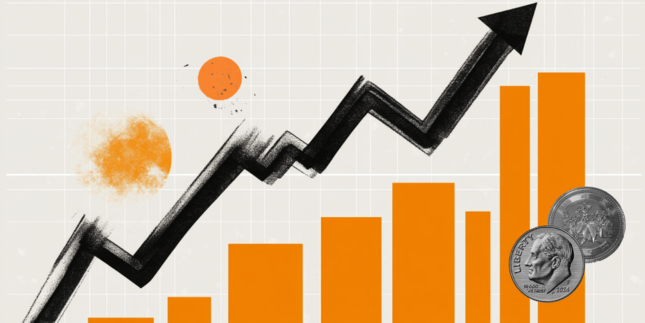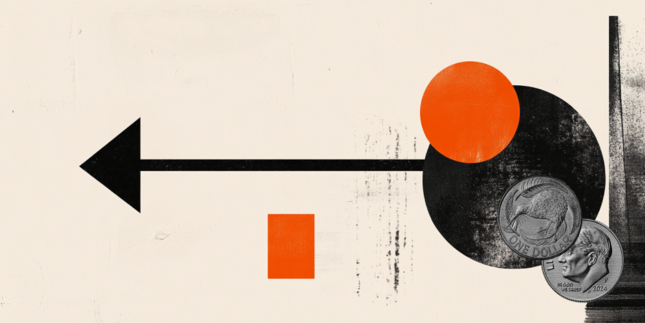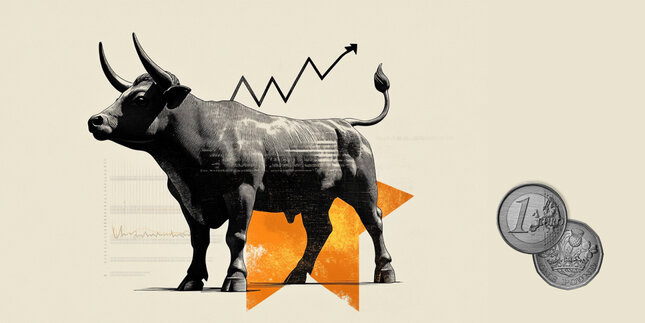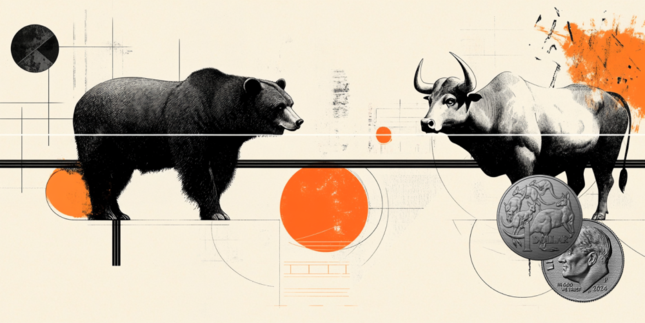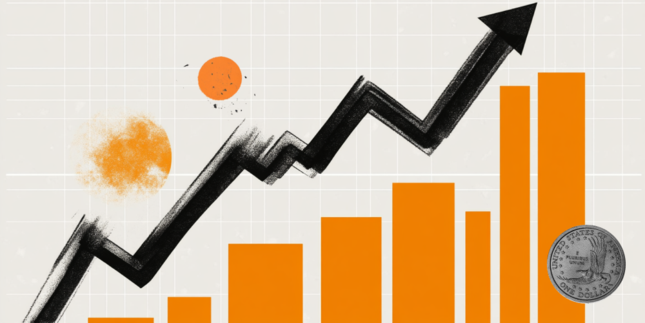USD/CHF consolidates around 0.9150 with Trump 2.O taking center stage
- USD/CHF oscillates around 0.9150 as investors turn cautious ahead of Trump’s inauguration.
- Trump’s economic policies are expected to boost US inflation and growth.
- The SNB is expected to continue reducing interest rates this year.
The USD/CHF pair trades sideways inside Friday’s trading range around 0.9140 in Monday’s European session. The Swiss Franc pair consolidates as investors have sidelined ahead of United States (US) President-elect Donald Trump’s swearing ceremony.
Market participants expect an unprecedented global trading environment under Trump’s administration as he is expected to sign over 200 orders soon after returning to the White House. His initial orders might include immigration controls, higher tariffs, and lower individual taxes. Higher import tariffs are expected to lead to a global trader war, a scenario that will boost demand for US-produced goods and services. While, at the same time, it will make offerings from other economies as expensive.
Trump’s economic policies would be pro-growth and inflationary for the United States (US) economy and favorable for the US Dollar (USD). At the time of writing, the US Dollar Index (DXY), which tracks the Greenback’s value against six major currencies, is down to near 109.00 but is still 10% higher in slightly over three months.
Going forward, Trump’s policies are expected to force the Federal Reserve (Fed) to maintain interest rates elevated for a longer period. According to the CME FedWatch tool, traders are pricing in more than one 25-bps interest rate reduction this year, seeing the first coming in the June meeting.
Meanwhile, the Swiss Franc (CHF) remains broadly weak as investors expect the Swiss National Bank (SNB) could continue reducing interest rates. Swiss interest rates have already come down to 0.5% amid growing risks of inflation undershooting the central bank’s target.
US Dollar FAQs
The US Dollar (USD) is the official currency of the United States of America, and the ‘de facto’ currency of a significant number of other countries where it is found in circulation alongside local notes. It is the most heavily traded currency in the world, accounting for over 88% of all global foreign exchange turnover, or an average of $6.6 trillion in transactions per day, according to data from 2022. Following the second world war, the USD took over from the British Pound as the world’s reserve currency. For most of its history, the US Dollar was backed by Gold, until the Bretton Woods Agreement in 1971 when the Gold Standard went away.
The most important single factor impacting on the value of the US Dollar is monetary policy, which is shaped by the Federal Reserve (Fed). The Fed has two mandates: to achieve price stability (control inflation) and foster full employment. Its primary tool to achieve these two goals is by adjusting interest rates. When prices are rising too quickly and inflation is above the Fed’s 2% target, the Fed will raise rates, which helps the USD value. When inflation falls below 2% or the Unemployment Rate is too high, the Fed may lower interest rates, which weighs on the Greenback.
In extreme situations, the Federal Reserve can also print more Dollars and enact quantitative easing (QE). QE is the process by which the Fed substantially increases the flow of credit in a stuck financial system. It is a non-standard policy measure used when credit has dried up because banks will not lend to each other (out of the fear of counterparty default). It is a last resort when simply lowering interest rates is unlikely to achieve the necessary result. It was the Fed’s weapon of choice to combat the credit crunch that occurred during the Great Financial Crisis in 2008. It involves the Fed printing more Dollars and using them to buy US government bonds predominantly from financial institutions. QE usually leads to a weaker US Dollar.
Quantitative tightening (QT) is the reverse process whereby the Federal Reserve stops buying bonds from financial institutions and does not reinvest the principal from the bonds it holds maturing in new purchases. It is usually positive for the US Dollar.
Forex News
Keep up with the financial markets, know what's happening and what is affecting the markets with our latest market updates. Analyze market movers, trends and build your trading strategies accordingly.
